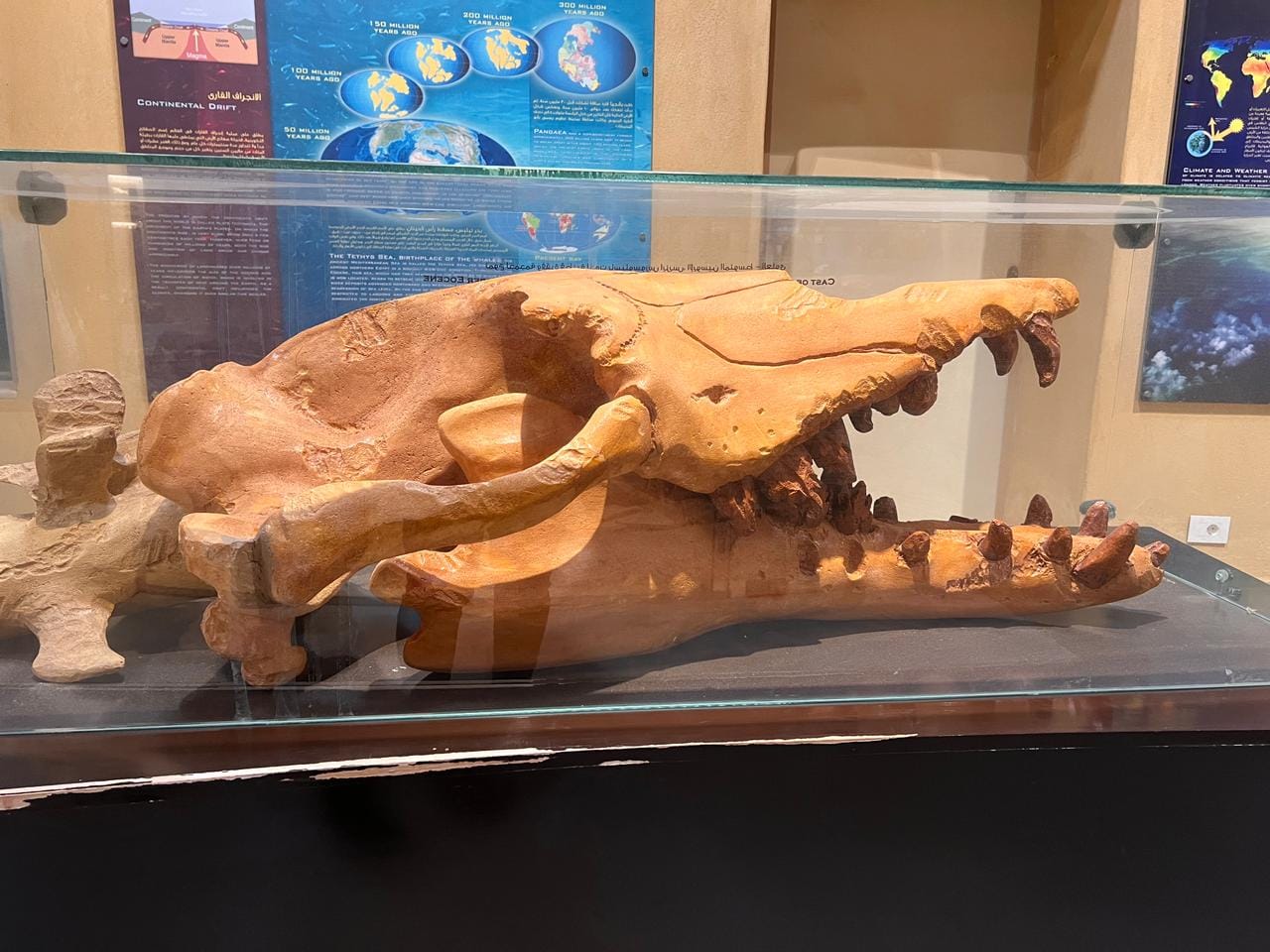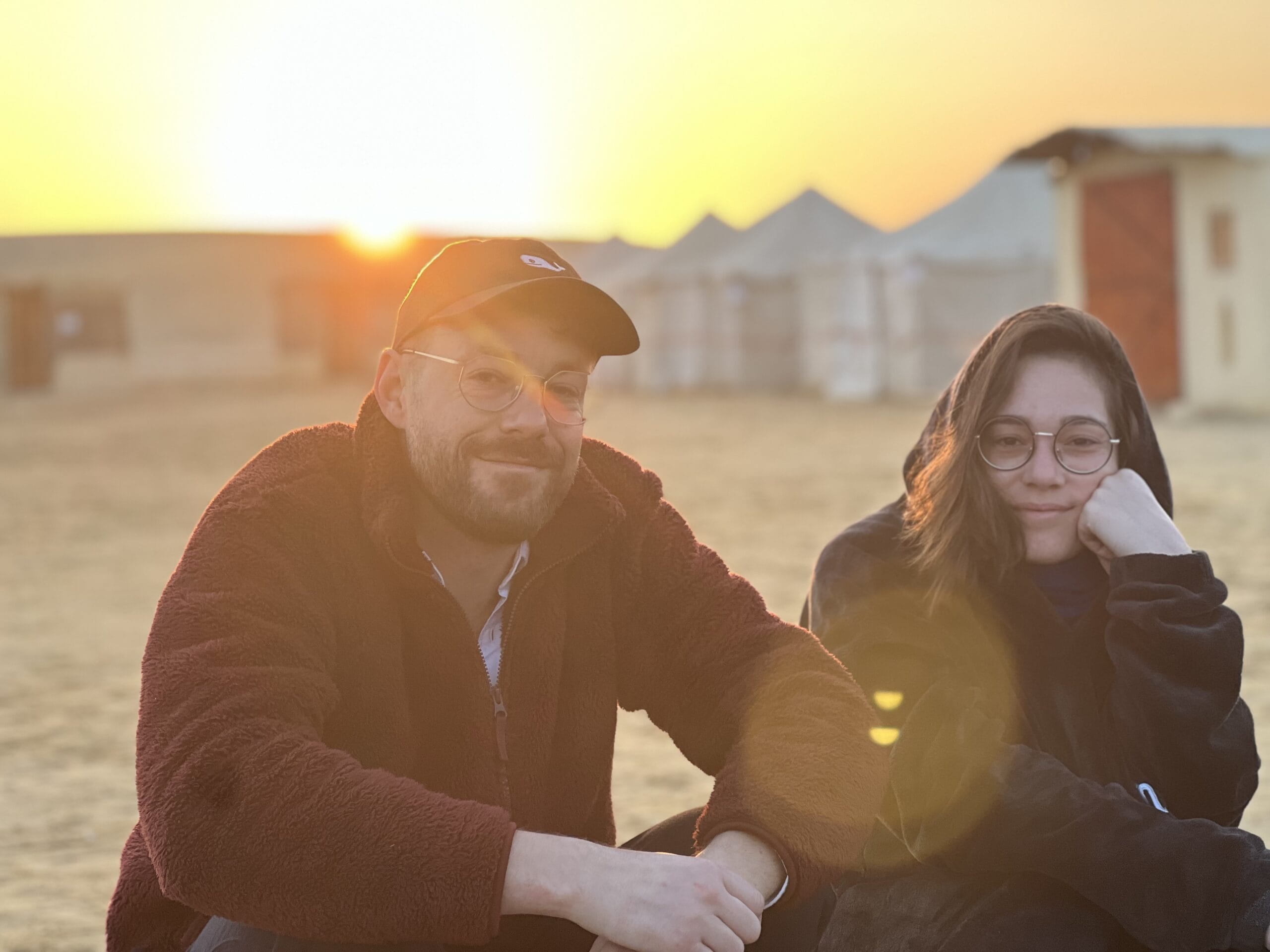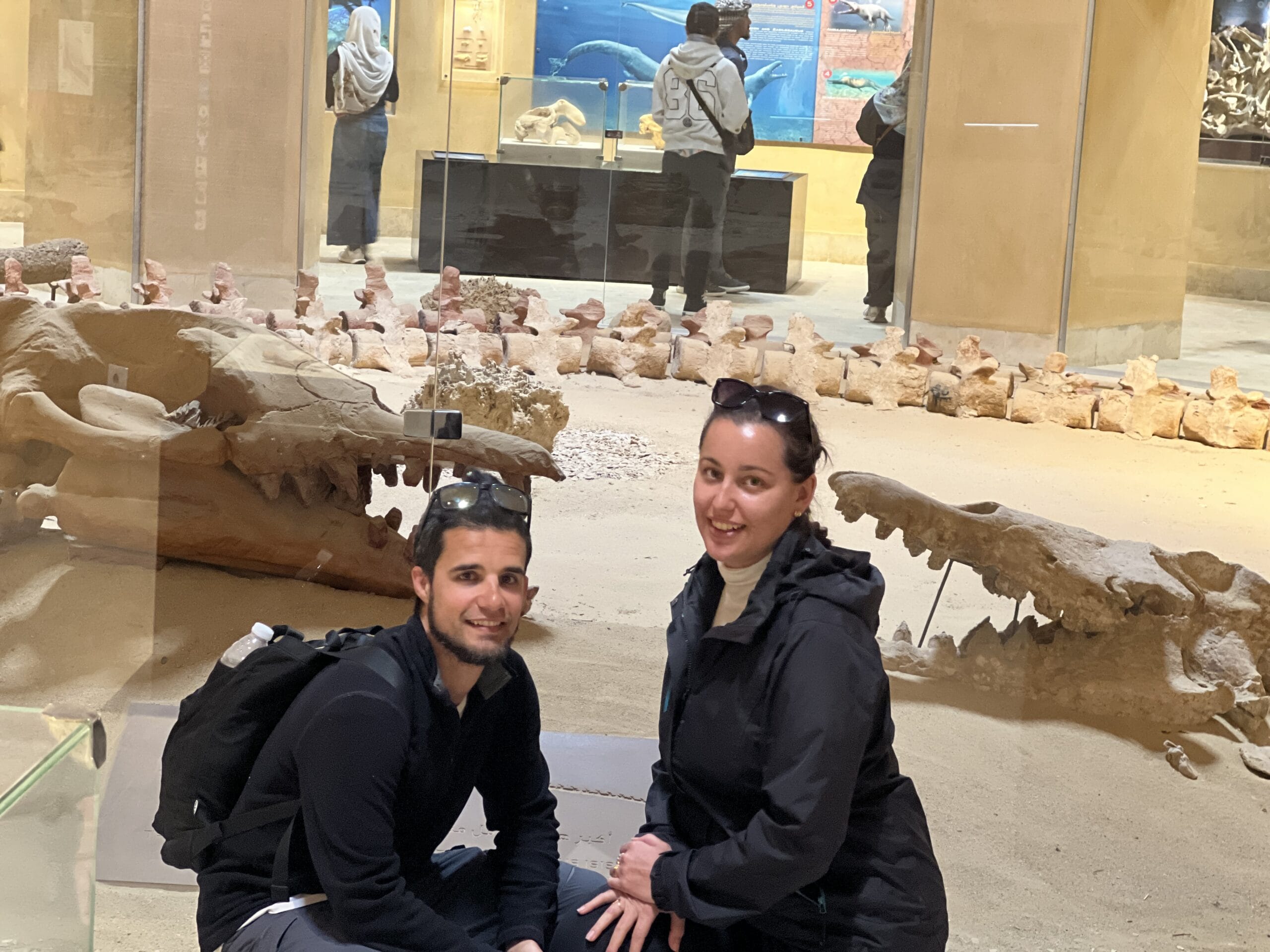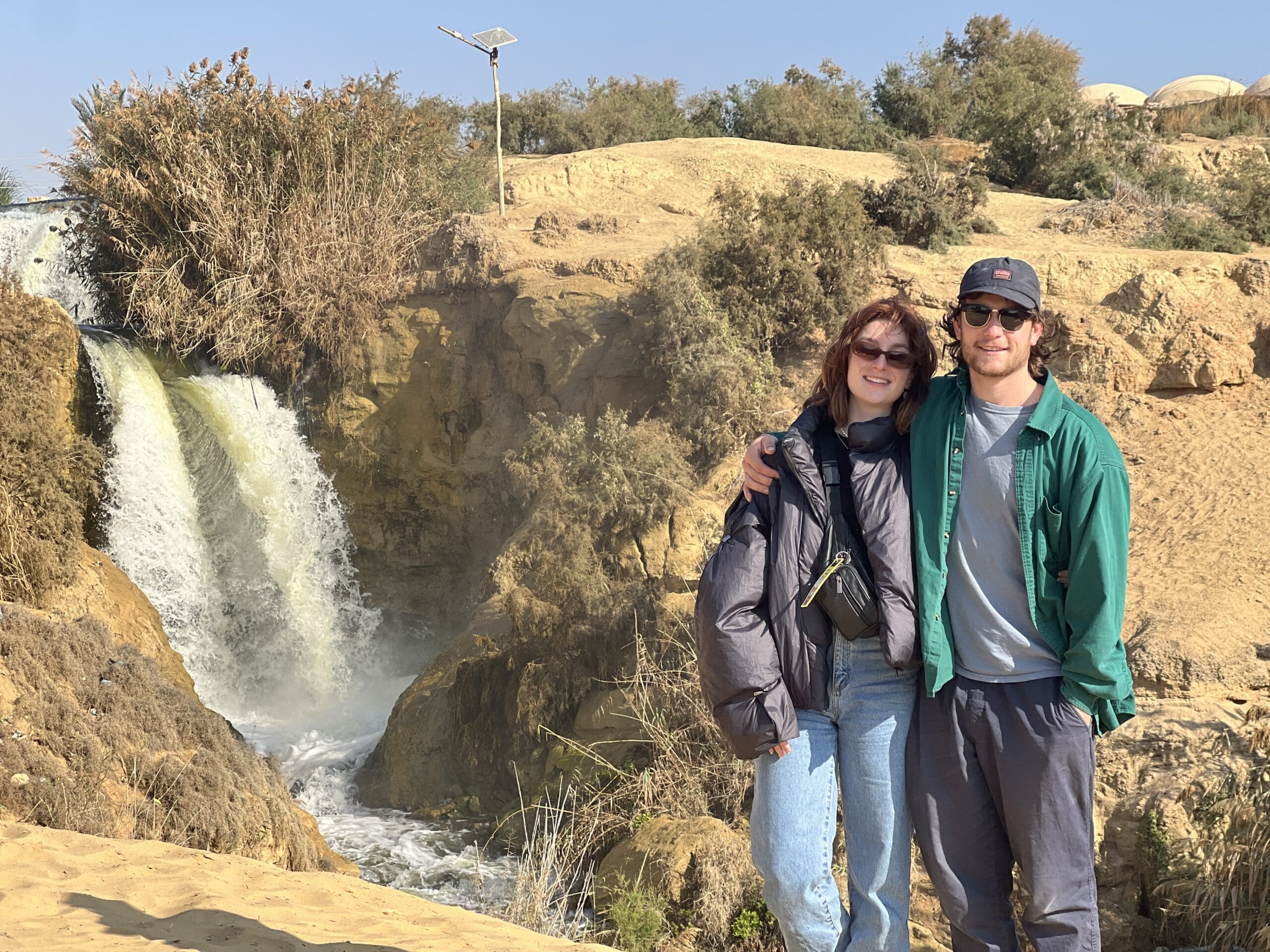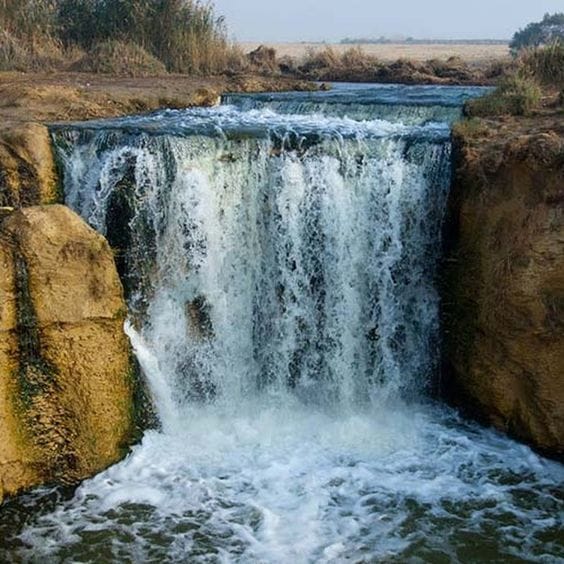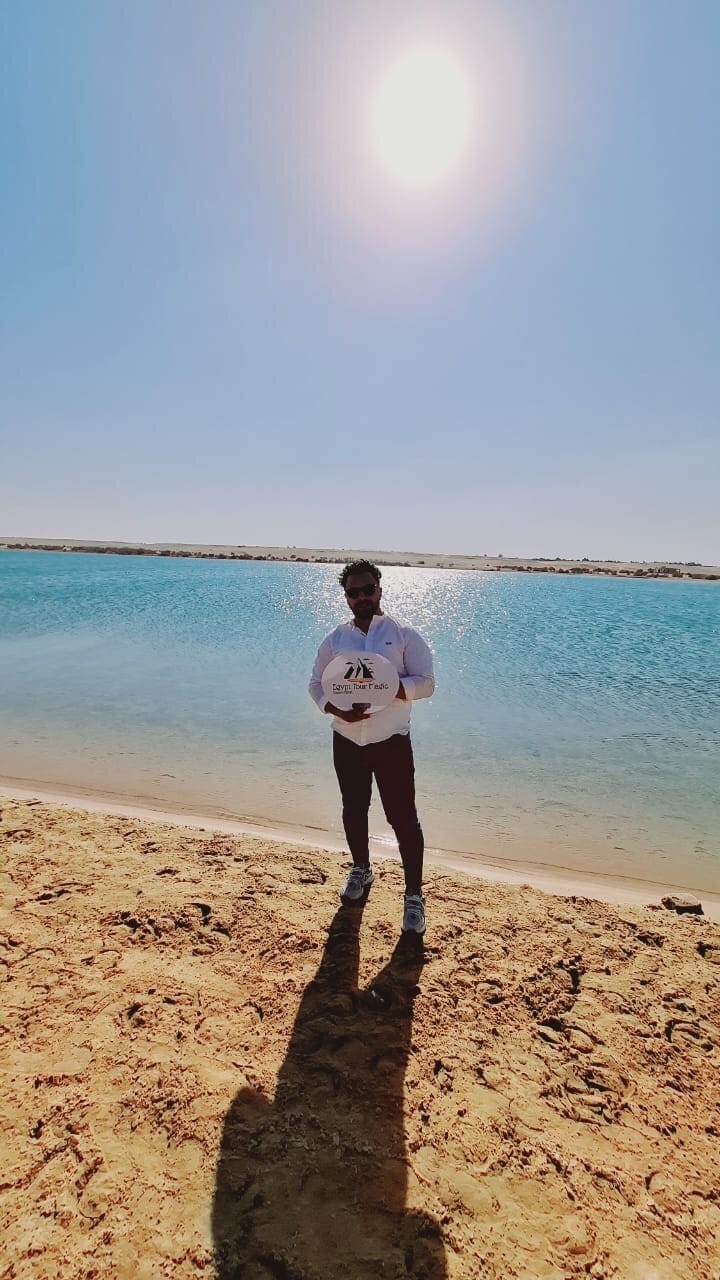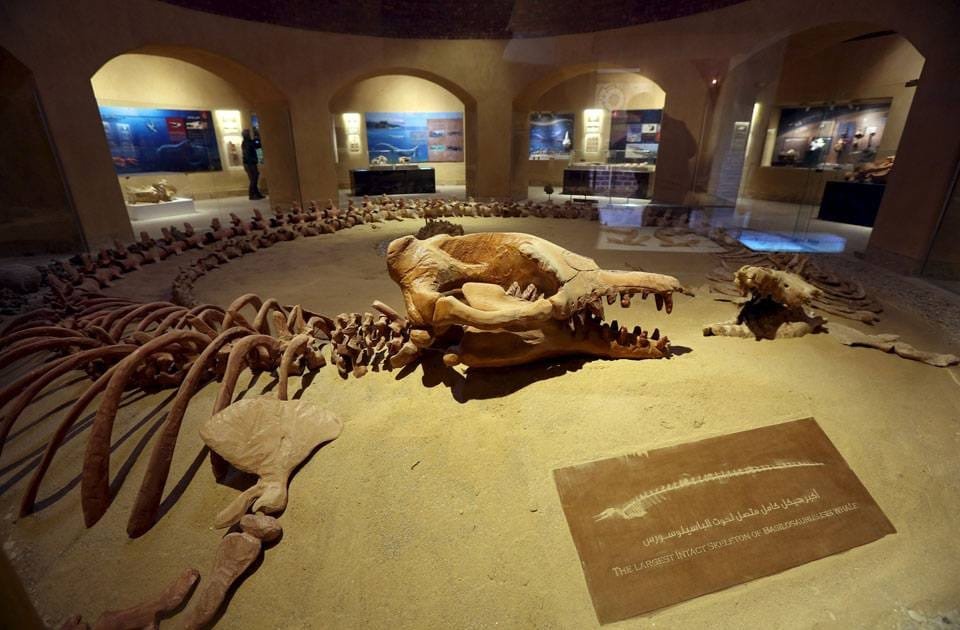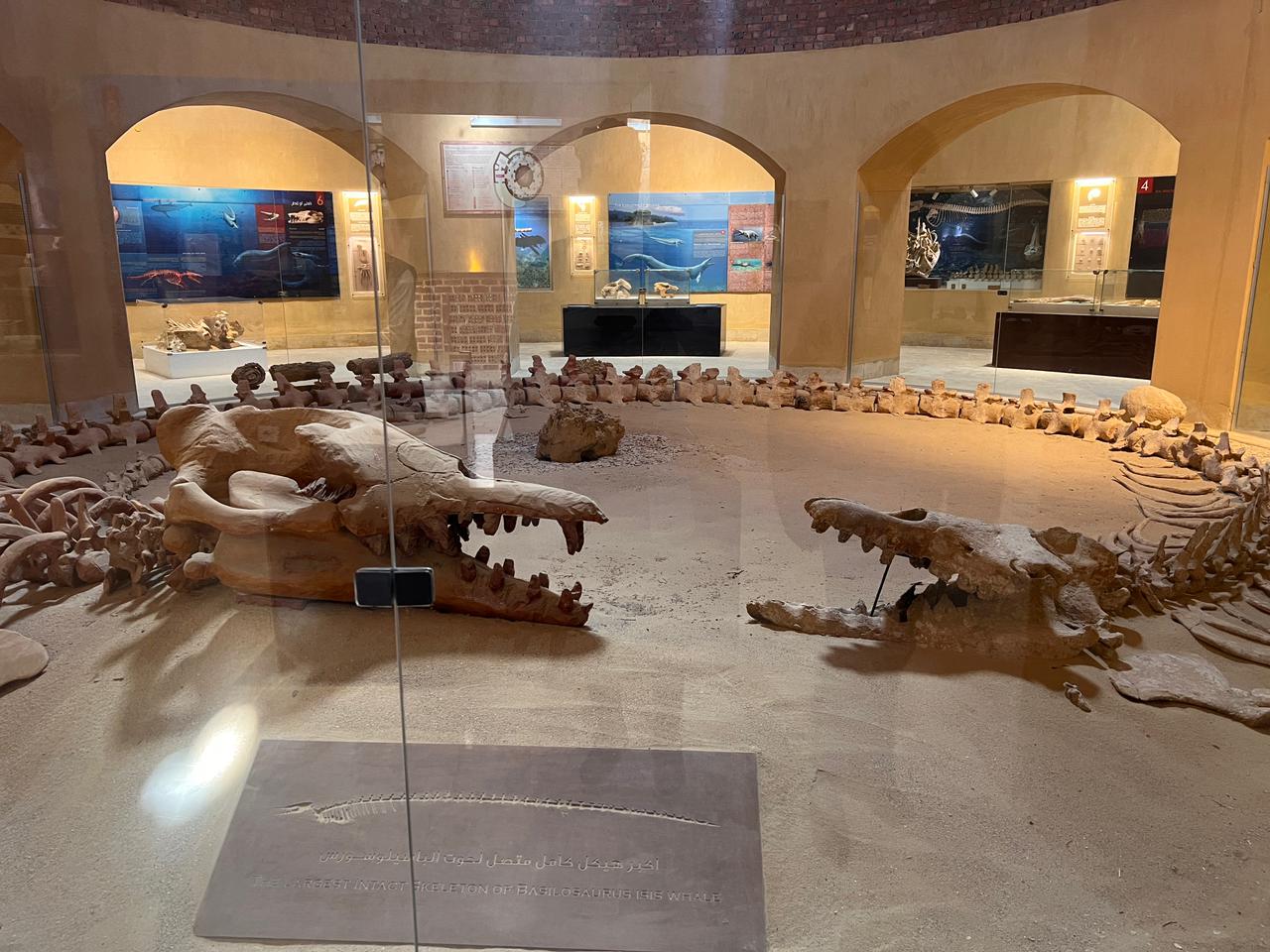Enjoy a 2-day private trip from Cairo to Fayoum and Wadi Al Hitan. Discover ancient whale fossils in the UNESCO-listed Whale Valley, visit the Magic Lake, and camp under the stars. Explore the Hawara Pyramid and Kom Aushim Museum for a perfect mix of nature and history.
2 Day trip to Wadi Al Hitan from Cairo
- 2 Days
- Pricing Varies by Individual, Couple, or Group
Adult
Child
From
170,00 $
Per Adult
From
85,00 $
Per Child
Description
Duration
2 Days
Group Size
8
Language
All
Highlights
- Explore Wadi El Hitan - The Whale Valley
- Experience a 4x4 Safari Adventure
- Tour the Wadi El Hitan Museum
- Discover Wadi El Rayan National Park
- Experience the Enchanted Magic Lake
- Amazing Camping Experience in the Desert
- Explore Tunis Village
- Visit Qarun Lake
Included
- Hotel Pick-up and Drop-off in Cairo
- Air-Conditioned Transport Between Cairo
- Bottled Water and Soft Drinks Provided
- Private 4x4 Jeep Transport from Cairo to Wadi Hitan
- English-Speaking Guide for the Entire Safari
- Admission Fees for All Listed Sights
- Lunch Included During the Desert Tour
- One Night Camping at Wadi El Hitan
Excluded
- Personal Expenses
- Gratuities for the Guide and Driver
- Admission Fees to Wadi Al Hitan and the Climate Change Museum (15 USD per person)
Maps
Frequently Asked Questions
1. What is included in the desert camping experience?
Answer: The desert camping experience includes one night of camping with full board (breakfast, lunch, and dinner), all necessary camping equipment (sleeping bags, tents, and mats), and beverages such as mineral water and tea. Additionally, you'll have a private 4x4 desert safari and a professional English-speaking guide throughout the journey.
2. Are meals provided during the desert safari?
Answer: Yes, all meals are included during the desert safari, including breakfast, lunch, and dinner. The meals are served while you're camping in the desert, ensuring you have a complete and comfortable experience.
3. Is there an extra charge for entrance fees to Wadi Al Hitan and the Climate Change Museum?
Answer: Yes, the entrance fees to Wadi Al Hitan and the Climate Change Museum are not included in the tour price. The cost is 15 USD per person, payable at the entrance.
4. What should I bring for the desert camping trip?
Answer: While all camping equipment is provided, it's recommended to bring a hat, sunscreen, comfortable clothing, and sturdy shoes for the desert. Additionally, you might want to bring a camera, personal hygiene items, and any personal medications you may need.
From 85,00 $
Book This Tour
Contact Information
Have a question in mind
Looking for more info? Send a question to the tour agent to find out more.
You might also like
With Egypt Tour Magic, your trip is always safe and truly memorable . If you love travel, you are in the right place!


